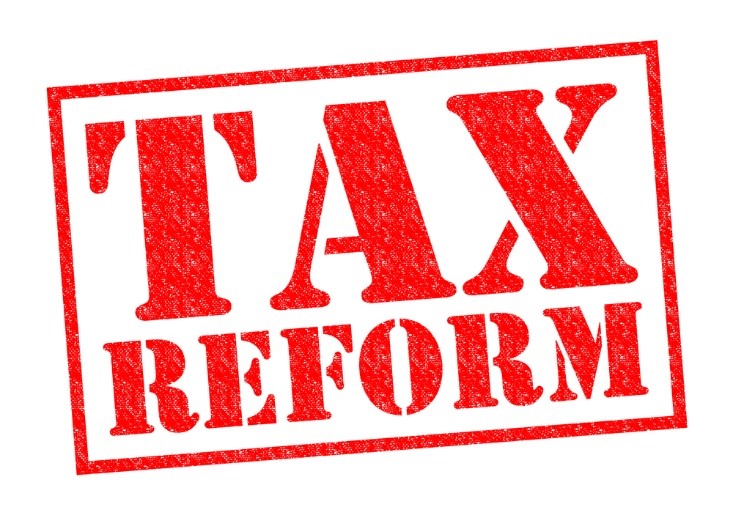Before the global pandemic, remote workers who were regularly telecommuting often expressed frustration at conference calls where 80% of attendees were in one room, while they were among the 20% calling in from other locations. The 20% often reported that they felt like outliers: it could be challenging to hear, difficult to get the group’s attention, and hard to read the room or contribute to the discussion.
For many of these already-remote employees, the global COVID pandemic was an equalizer: Everybody was calling in from somewhere, and so the meeting experience suddenly felt more inclusive.
With unprecedented levels of virtual team collaboration, more flexible work hours, and less time spent commuting, it’s no wonder that, as has been widely reported, global productivity increased dramatically during the pandemic…although these gains undoubtedly came at a high cost for some individuals and organizations.
We often talk about the actual set-up and application of a new hybrid environment or the impact it'll have on employee productivity and collaboration, but the task of actively monitoring employee’s comfort levels, wellbeing and satisfaction may be more difficult than ever.
This puts individuals in leadership roles in a unique position, one that may encourage experimentation–and even mistakes–to establish an environment that suits everyone, so how should leaders approach today’s new workforce?
1. Finding the right balance
Once an official hybrid policy is established, it'll also become exceedingly difficult to please everyone.
After such a difficult year, most companies developed a more human-centered approach, positioning empathy as the leading factor in establishing successful employee relationships. But now, it will be difficult to cater to every individual’s distinct needs without some level of resistance.
If one employee is requesting to be home for a required in-office day, should they be considered on a case-by-case basis? Will other employees deem this unfair?
It’s these questions that require renewed attention and evaluation from managers if companies want to ensure a seamless hybrid adoption.
However, many leaders are positioning the transition as a process of trial-and-error — with high stakes.
2. Acknowledge what’s new and different about the hybrid workforce.
Leaders should start by acknowledging that this environment is new and different, and that what works for one person will not work for everyone. Leaders must reassure people that whether they’re working in person, remotely, or a combination of those, their choice is not career-limiting, and their contributions are valued. They must also set the stage for effective team collaboration.
Work to create a psychologically safe work environment where people can be open about their uncertainties and their frustrations. Ensure team members have the skills they need to hold candid conversations with one another, no matter where they are.
It requires truth and courage to develop a coaching culture at your organization, but will help foster more innovative solutions, greater morale, and improved productivity among members of your newly hybrid workforce. (It’s also essential for building a strong organizational culture, when some at your organization are remote.)
3. Foster empathy, equity, and inclusion in your hybrid workforce
Work to maintain or establish inclusive practices for things like team huddles or group calls. In 2020, when everyone was working from home, many experienced firsthand the challenges of contributing in virtual meetings — something already-remote workers knew all too well.
As offices reopen with newly hybrid workforces and teams, remember those lessons learned to ensure meetings remain inclusive. Without intentionality and clearly defined processes, it could be easy for those returning to work in-person to fall back into old habits, unintentionally excluding or overlooking colleagues who are working offsite.
Also take time to help your newly hybrid workforce to develop an identity by crafting a set of shared team norms and expectations. Everyone should understand the team’s purpose and goals, work processes, meeting frequency, and how decisions will be made.
Summary
While a more hybrid team may present new challenges to collaborate and navigate across boundaries, the solutions to today’s most pressing business challenges are often found at the intersection of multiple boundaries.
When members of your hybrid workforce see leaders recalibrate, adapt, and embrace the future with an agile and collaborative mindset, they’ll likely do the same.
Latest posts by Emily Henry (see all)
- How Leaders Should Approach Today’s New Hybrid Workforce - August 17, 2021













